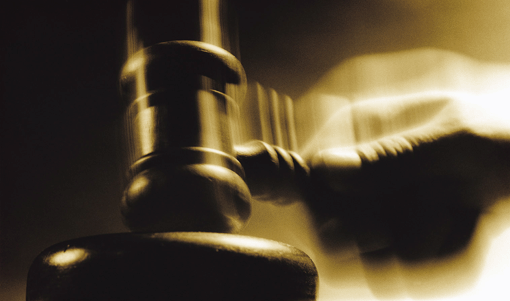Helping judges understand neuroscience
Useful manual for lawyers
 The Law and Neuroscience Project, a clearinghouse
The Law and Neuroscience Project, a clearinghouse
for a dialogue between law and brain scientists, has published A
Judge’s Guide to Neuroscience: A
Concise Introduction. The
useful 71- page manual contains articles by a number of leading neuroscientists
which describe the latest consensus on a number of controversial questions
which have been raised in BioEdge, along with the best current references. Here
are some of its conclusions:
Can neuroscience identify lies? “There are
no relevant published data that unambiguously answer whether fMRI-based
neuroscience methods can detect lies at the individual-subject level.”
Does neuroscience give us new insights into
criminal responsibility? “It is beyond the data generated from any currently
published scanning protocol to make predictions about the rational capacity (or
lack thereof) of a criminal defendant, or to make inferences as to that
defendant’s intent at a specific moment in time before or during a specific
criminal act.”
Can neuroscience identify psychopaths? “We
are not currently at the point where we can use neuroscience to definitively
identify, or diagnose, individuals with psychopathy.”
How is neuroscience likely to impact the
law in the long run? “Currently the law operates with notions of personhood and
agency that take seriously concepts of volition, control, choice, belief,
desire, and responsibility. It is possible that neuroscientific advances will
require revisions in some of these views, or less likely, a rejection of some
of them as applicable to humans. If such notions become widely accepted,
pressure will be put on the legal system to adapt to this new framework.”
Michael Cook
free will
law
neuroscience
- How long can you put off seeing the doctor because of lockdowns? - December 3, 2021
- House of Lords debates assisted suicide—again - October 28, 2021
- Spanish government tries to restrict conscientious objection - October 28, 2021
